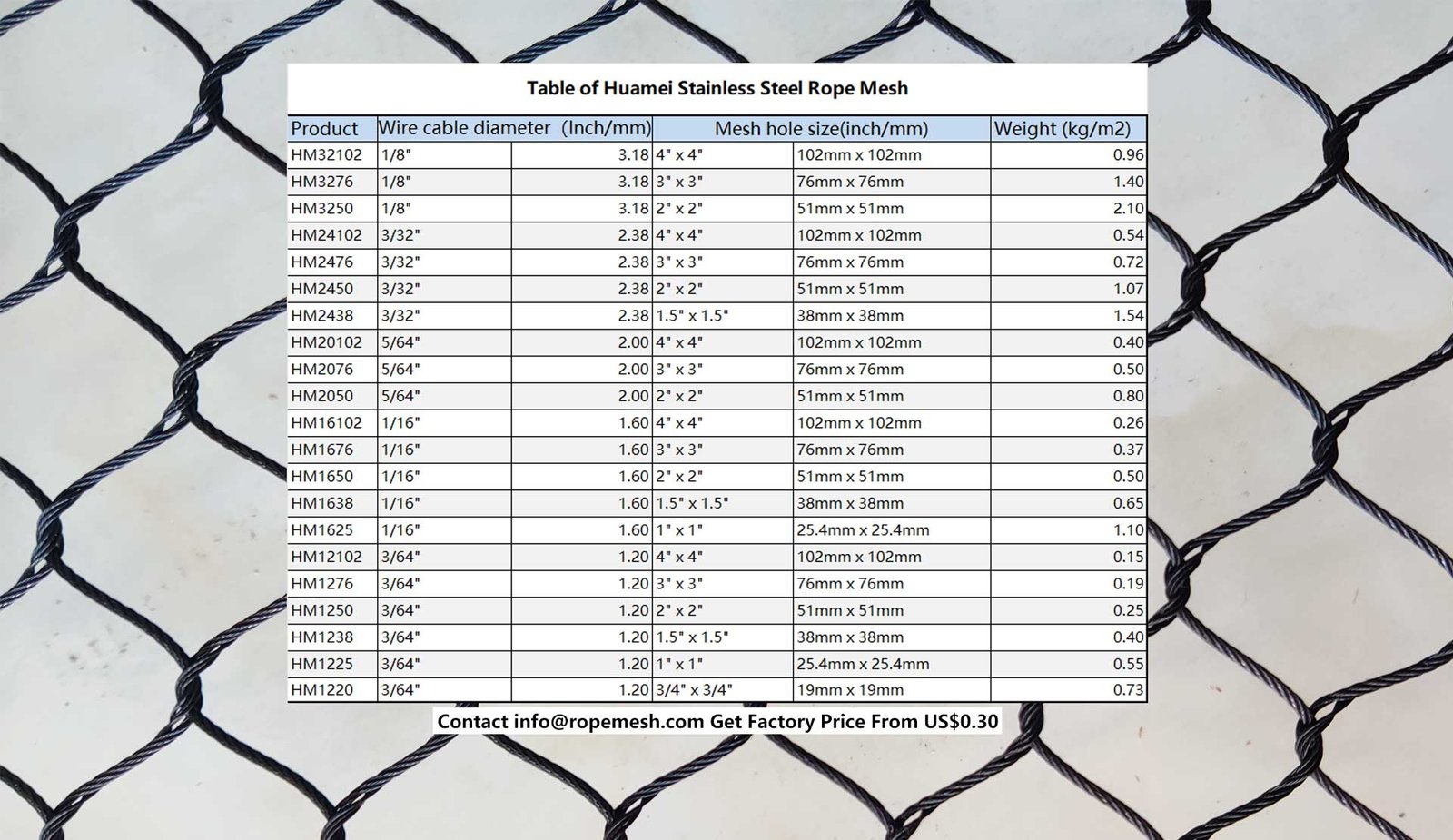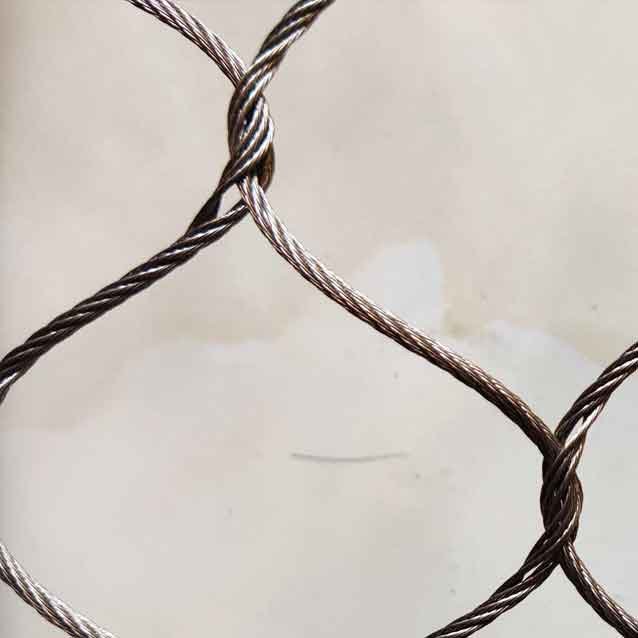Introduction
Peacocks: A Majestic Addition to Your Home
Have you ever dreamed of waking up to the melodious calls of a peacock in your own backyard? Peacocks, with their vibrant plumage and elegant demeanor, make stunning additions to any property. They are not only visually appealing but also bring a touch of exotic charm and a sense of wonder.
Keeping peacocks can be a rewarding experience for nature enthusiasts and animal lovers alike. These magnificent birds offer a variety of benefits, including:
- Aesthetic appeal: Peacocks are known for their beautiful feathers, which can add a touch of elegance and sophistication to your landscape.
- Educational value: Watching peacocks interact and observing their natural behaviors can be a fascinating and educational experience for both adults and children.
- Unique companionship: Peacocks can become quite tame and affectionate, forming strong bonds with their human caretakers.
If you're considering adding peacocks to your home, it's important to understand their needs and requirements. From enclosure design to care and maintenance, there are several factors to consider before bringing these majestic birds into your life.


